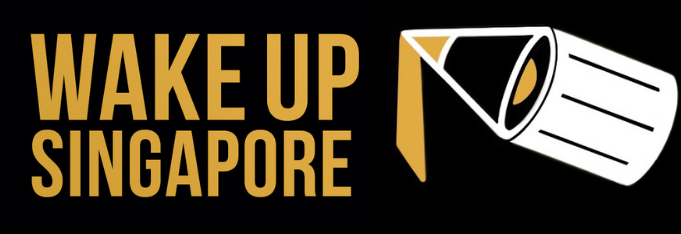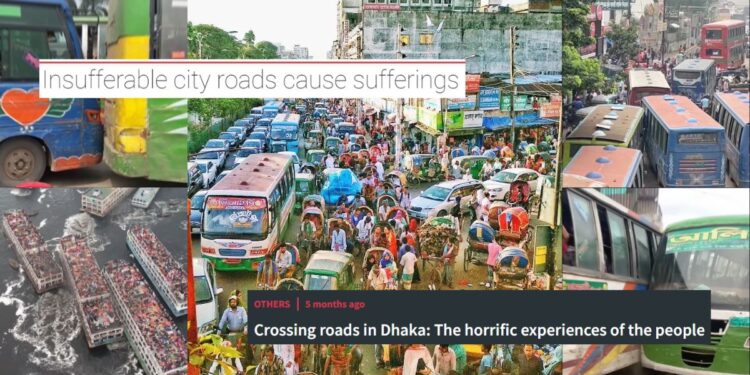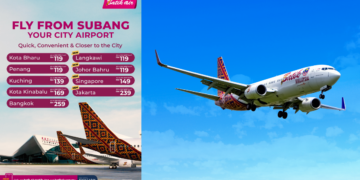Public transport is vital for its affordability, accessibility, and convenience. In Bangladesh, it remains a daily necessity for millions, yet the country’s system struggles with serious issues.
A viral TikTok video by user @/DriveVerse recently highlighted the dire state of public buses, showcasing the damaged, overcrowded vehicles pushing through congested streets.
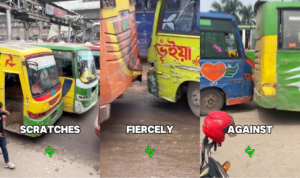

Fares are inconsistent, with conductors juggling between making ends meet and meeting owner demands.

The Bangladesh Road Transport Authority (BRTA) has made attempts to address road safety. Earlier this year, BRTA introduced new speed limits and formed a speed-limit drafting committee, which includes stakeholders from the Accident Research Institute and Nirapod Sarak Chai.
Metro Rail: Transformative Yet Limited
Launched in late 2022, Dhaka’s metro rail was hailed as a potential solution to the city’s traffic woes. Before its introduction, Dhaka relied heavily on buses and rickshaws, leading to immense traffic congestion. The metro rail now accommodates up to 60,000 passengers per hour, significantly reducing travel times. For example, a trip from Uttara to Motijheel, once over two hours by bus, now takes just 40 minutes.
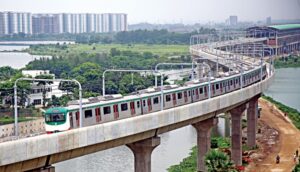
However, high ticket prices limit its accessibility for lower-income groups. While it has improved commutes for many, the metro only serves a fraction of Dhaka’s population. The lack of integration with other transport modes also remains a challenge.
Trains and Traffic Congestion
Bangladesh’s train system is extensive, yet overcrowded and poorly maintained. Trains serve millions annually, especially for intercity travel, but passengers face frequent delays and discomfort.
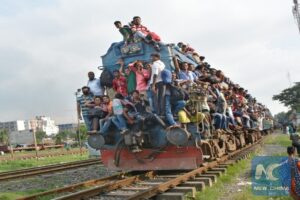
In Bangladesh, around 70% of all trips in cities like Dhaka are covered by public transport, including buses and trains, with buses being the predominant mode. Buses account for approximately 65% of the total transport system, while trains make up around 5% of the total commute options.
Road Safety Challenges
Road safety remains a critical concern in Bangladesh. Over 4,000 people die annually in road accidents, as reported by BRTA. Reckless driving, overcrowded buses, and poor road conditions contribute to these fatalities. The lack of proper traffic law enforcement and outdated vehicles further worsens the situation.
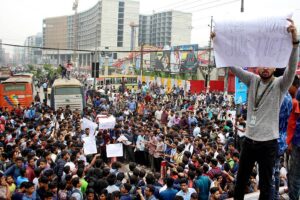
Pedestrians and cyclists face heightened risks due to limited crosswalks and lanes. While safety campaigns continue, tangible improvements have been slow to materialise.
Singapore’s Public Transport in Contrast
In comparison, Singapore boasts an efficient and affordable public transport system. Buses, trains, and taxis are seamlessly integrated, ensuring smooth connectivity. Singapore’s continuous investment in modern infrastructure stands in stark contrast to Bangladesh’s ageing system. The success of Singapore’s public transport model underscores the importance of planning, innovation, and long-term investment.
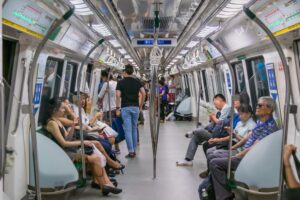
In Bangladesh, passengers face frequent, lengthy train delays due to overcrowding and poor infrastructure, which can extend for hours. These daily hardships highlight the challenges of inefficient systems.
In contrast, Singapore’s breakdowns are short and resolved quickly. Recognizing the differences can help Singaporeans appreciate their reliable transport system and view occasional disruptions as manageable in comparison.
Watch the video here:
@driveverse Craziest TRAFFIC In The World 🤯 #supercars #exoticcar #cartrends #dreamcars #autonews #carsreels #driveverse #bangladesh
More from Wake Up Singapore:-
Mum Praises SMRT Staff for Assisting Autistic Son During MRT Breakdown
If you have a story or a tip-off, email admin@wakeup.sg or get in touch via Whatsapp at 8882 5913.
Since you have made it to the end of the article, follow Wake Up Singapore on Telegram!
Wake Up Singapore is a volunteer-run site that covers alternative views in Singapore. If you want to volunteer with us, sign up here!
If you can, please do consider buying a mug or two to support Wake Up Singapore’s work!


